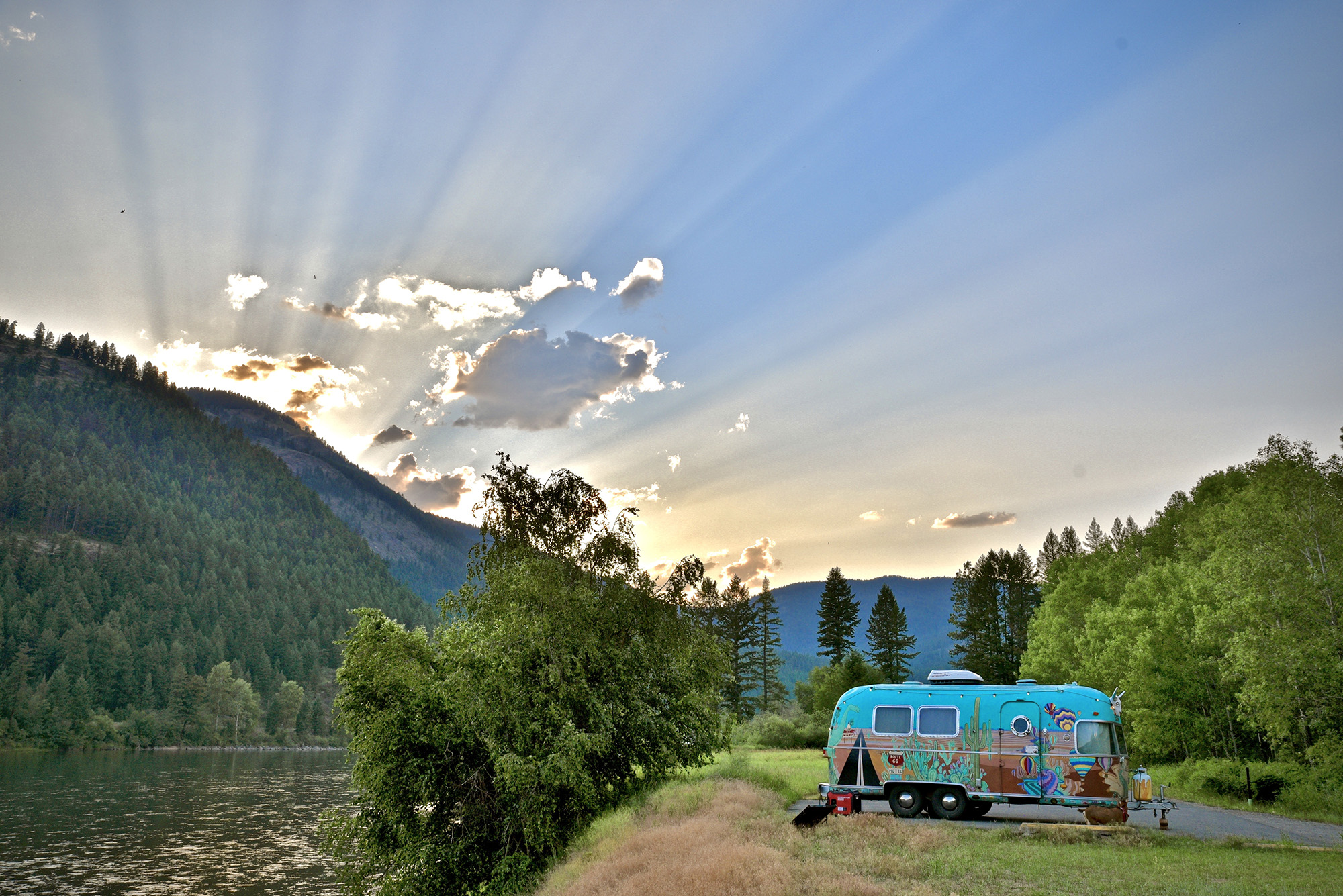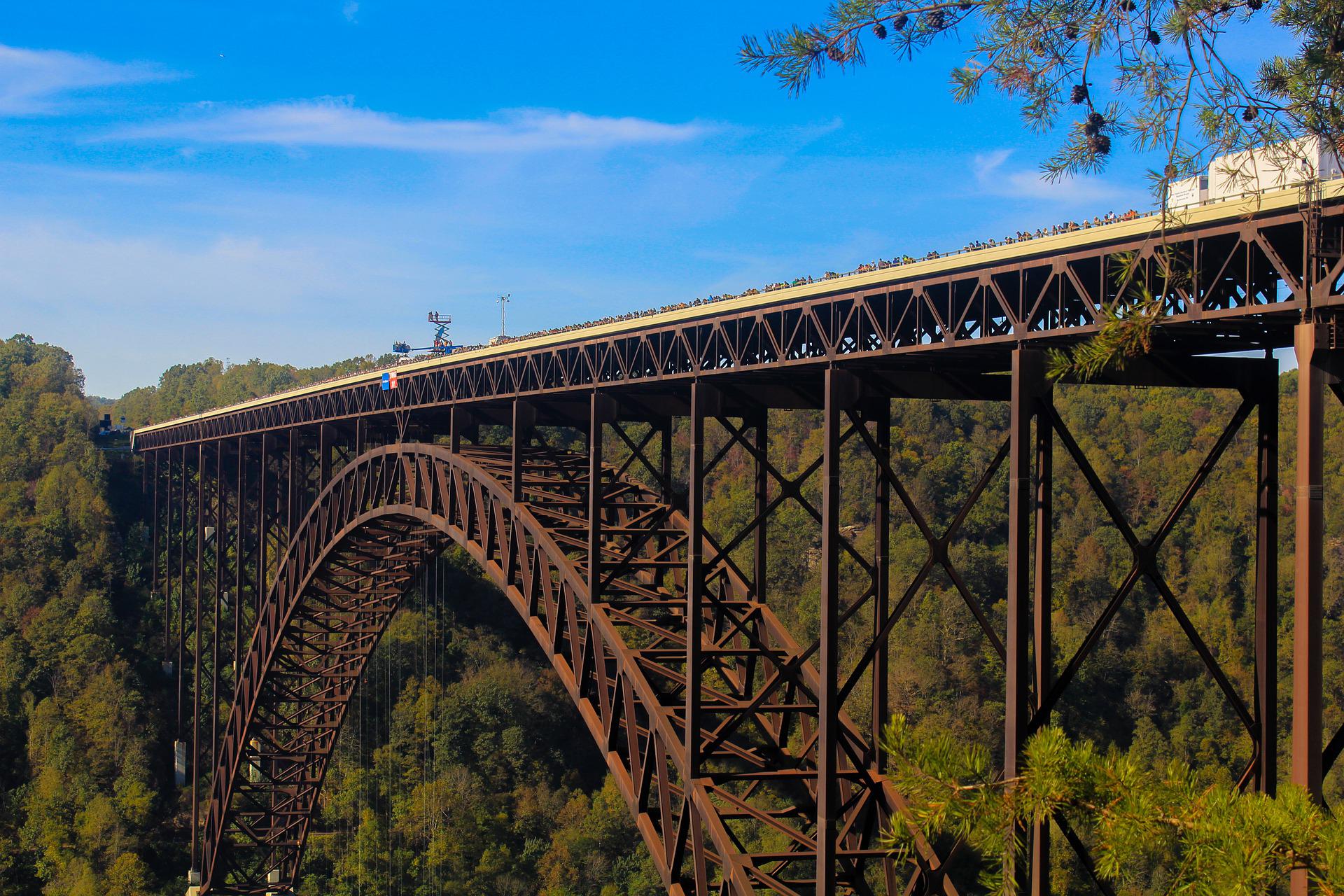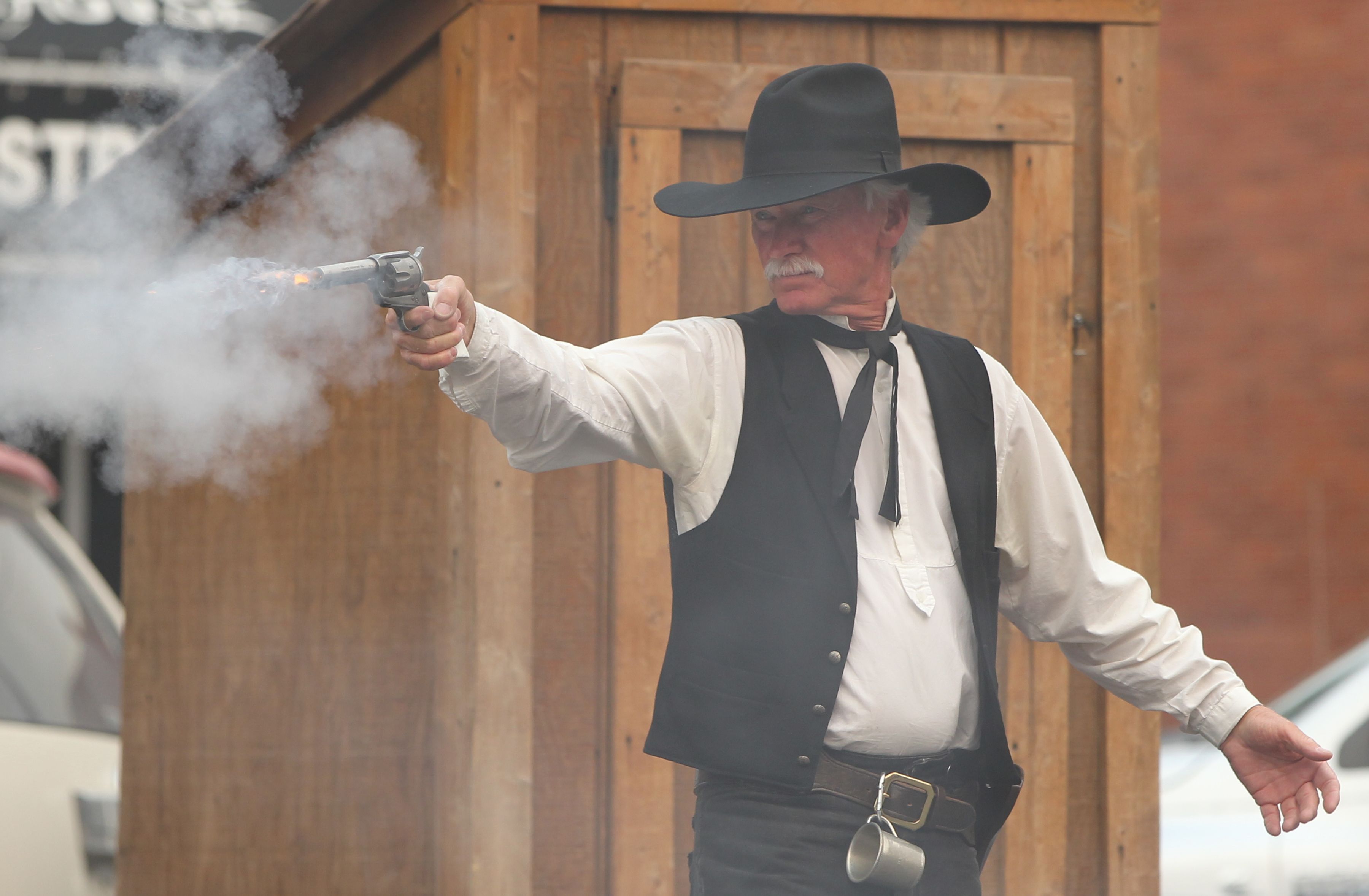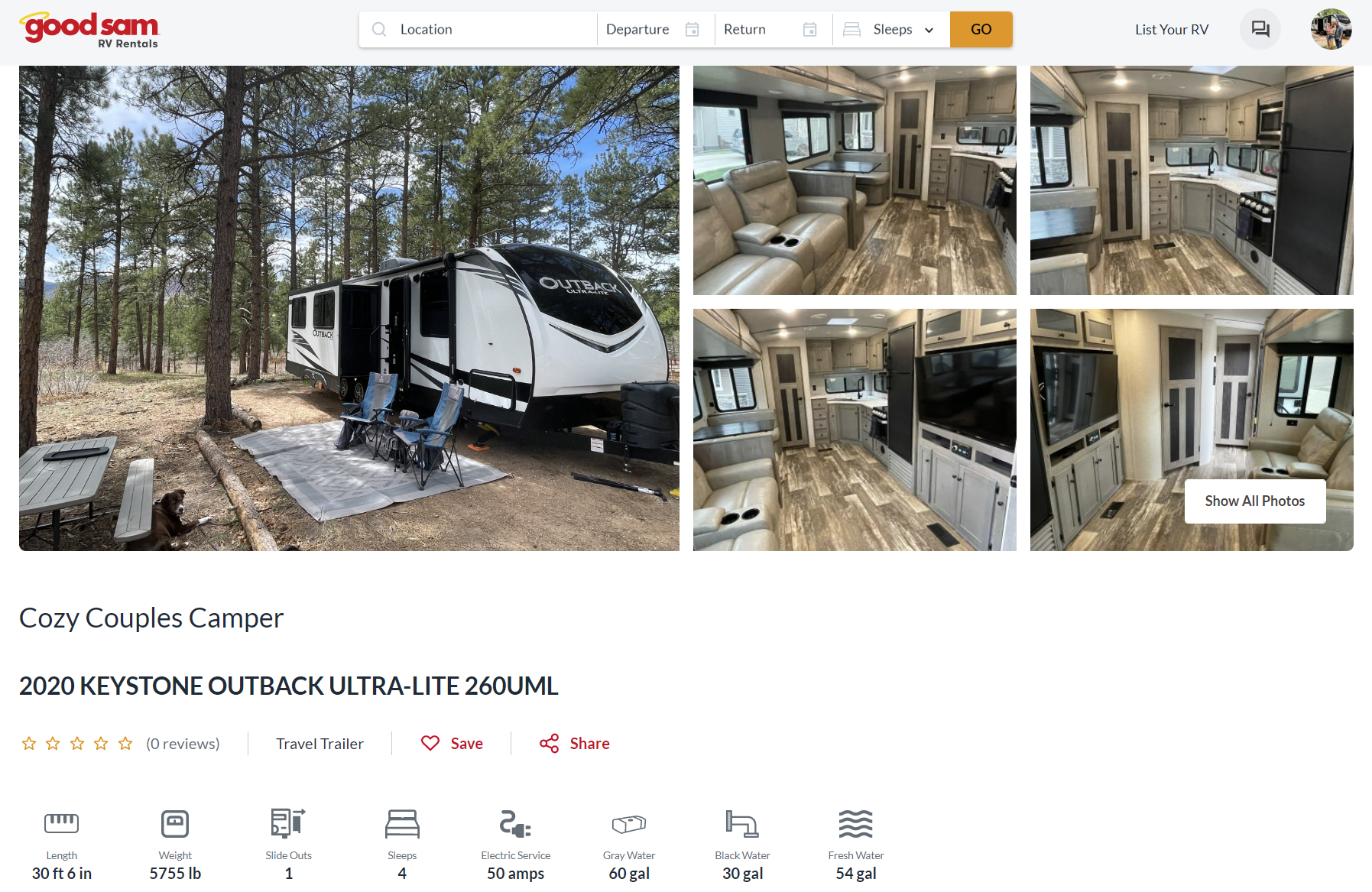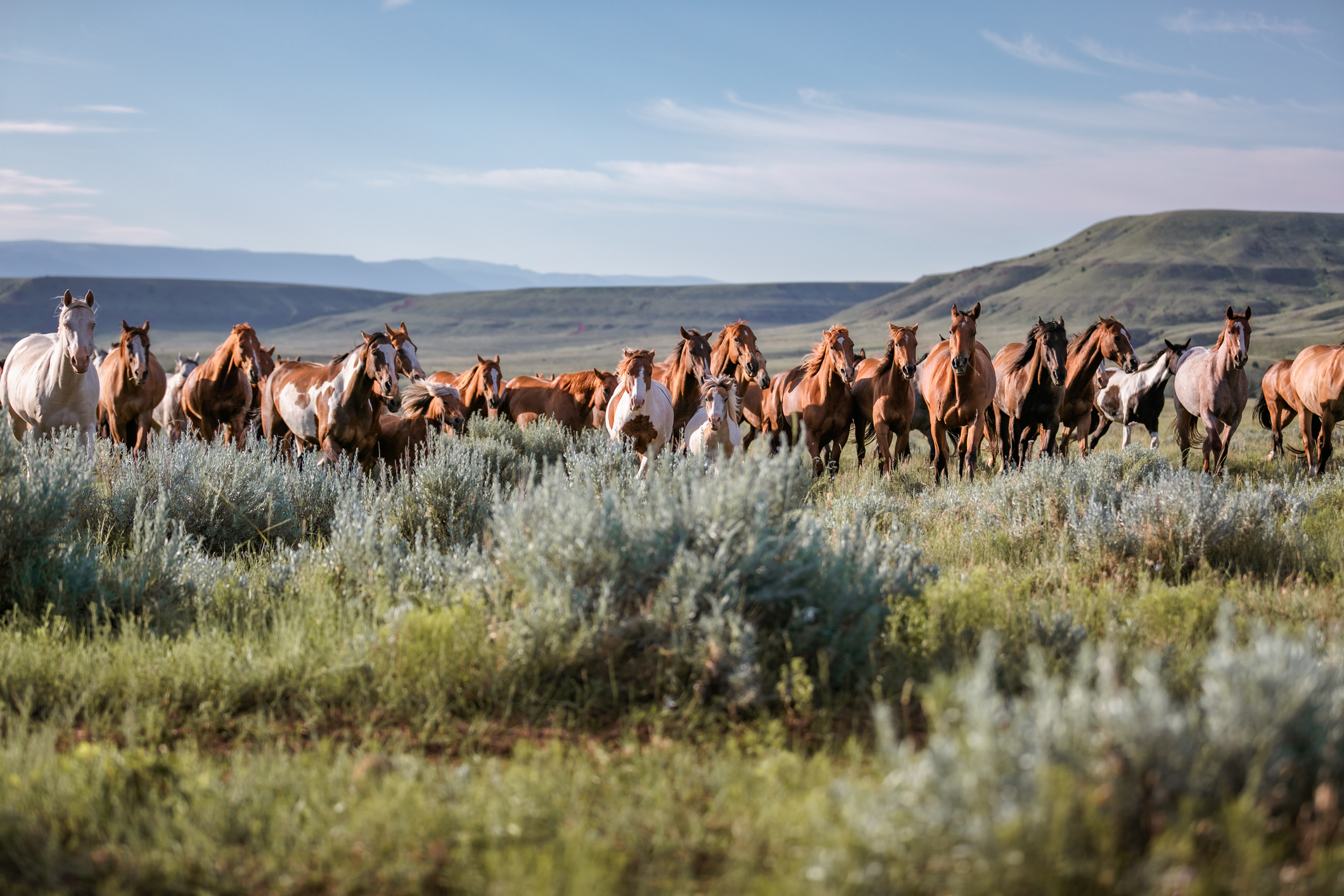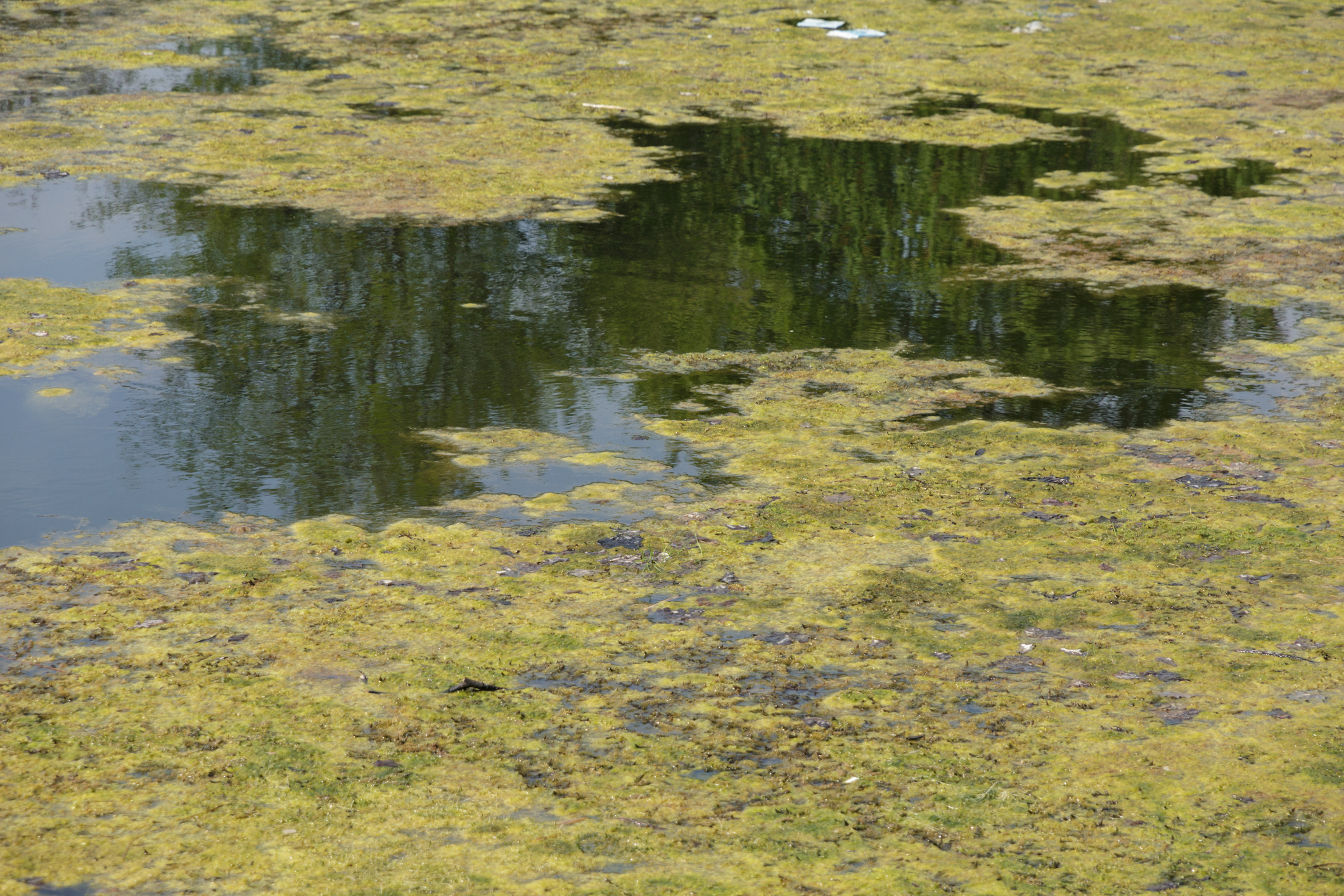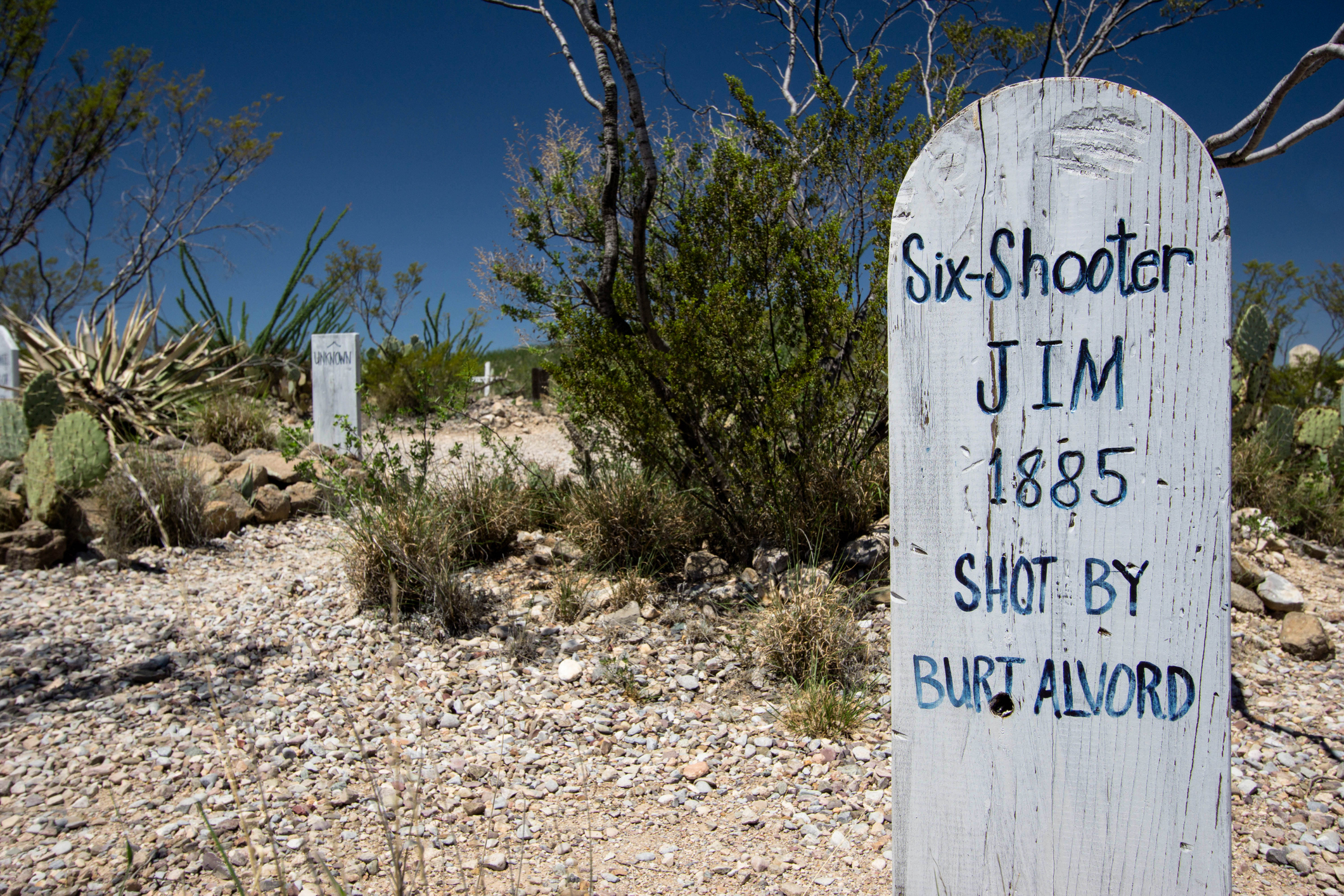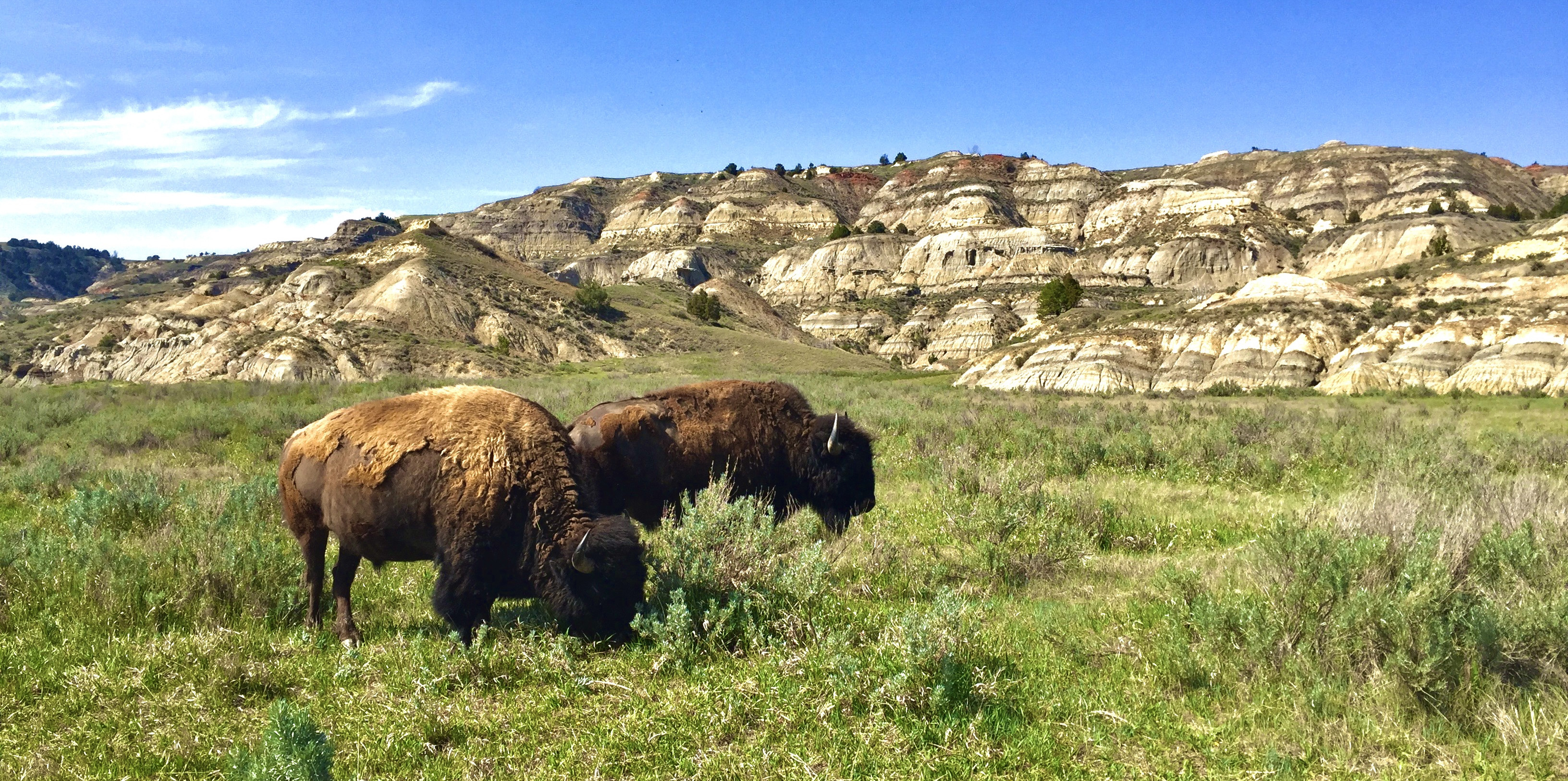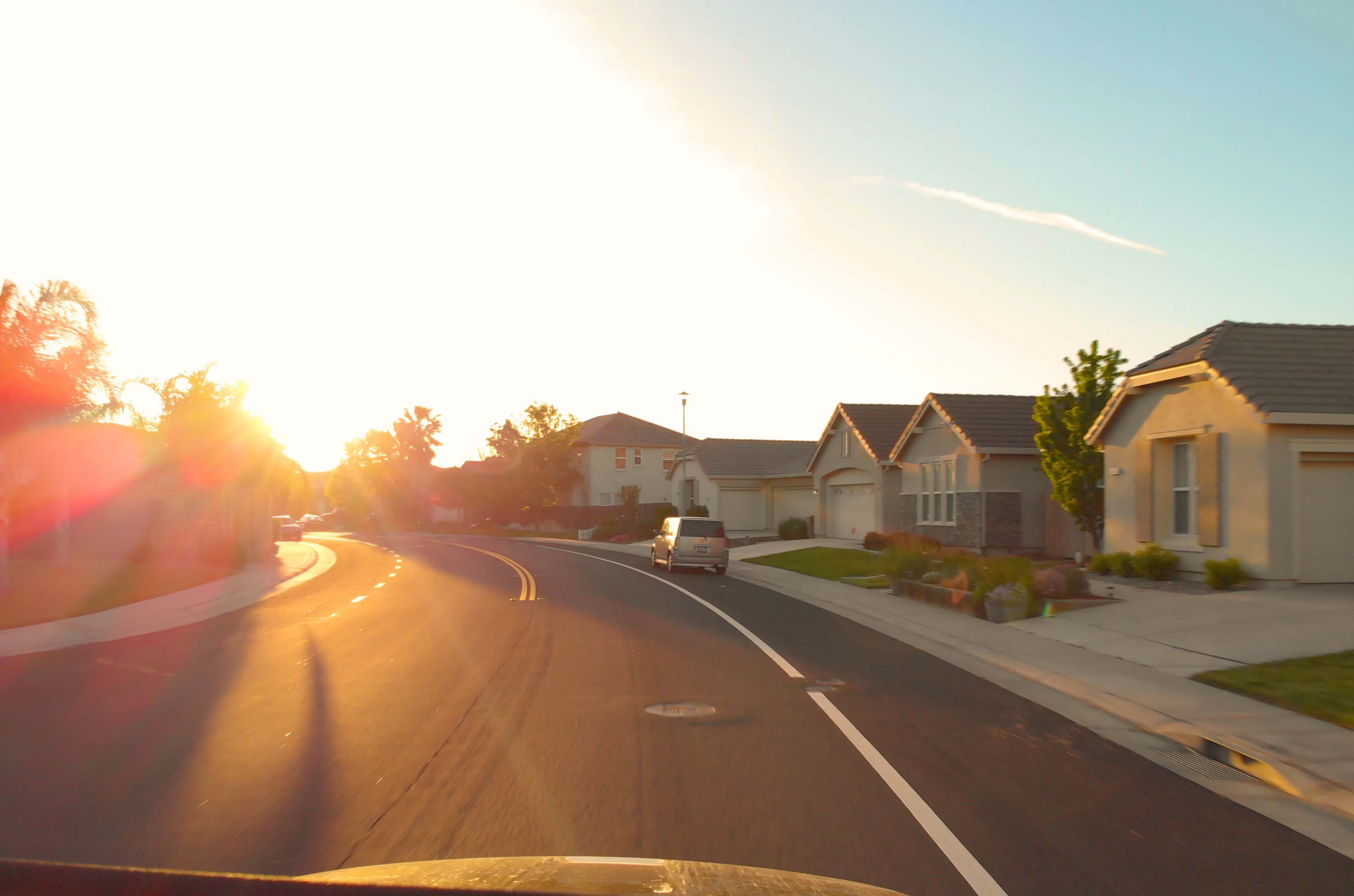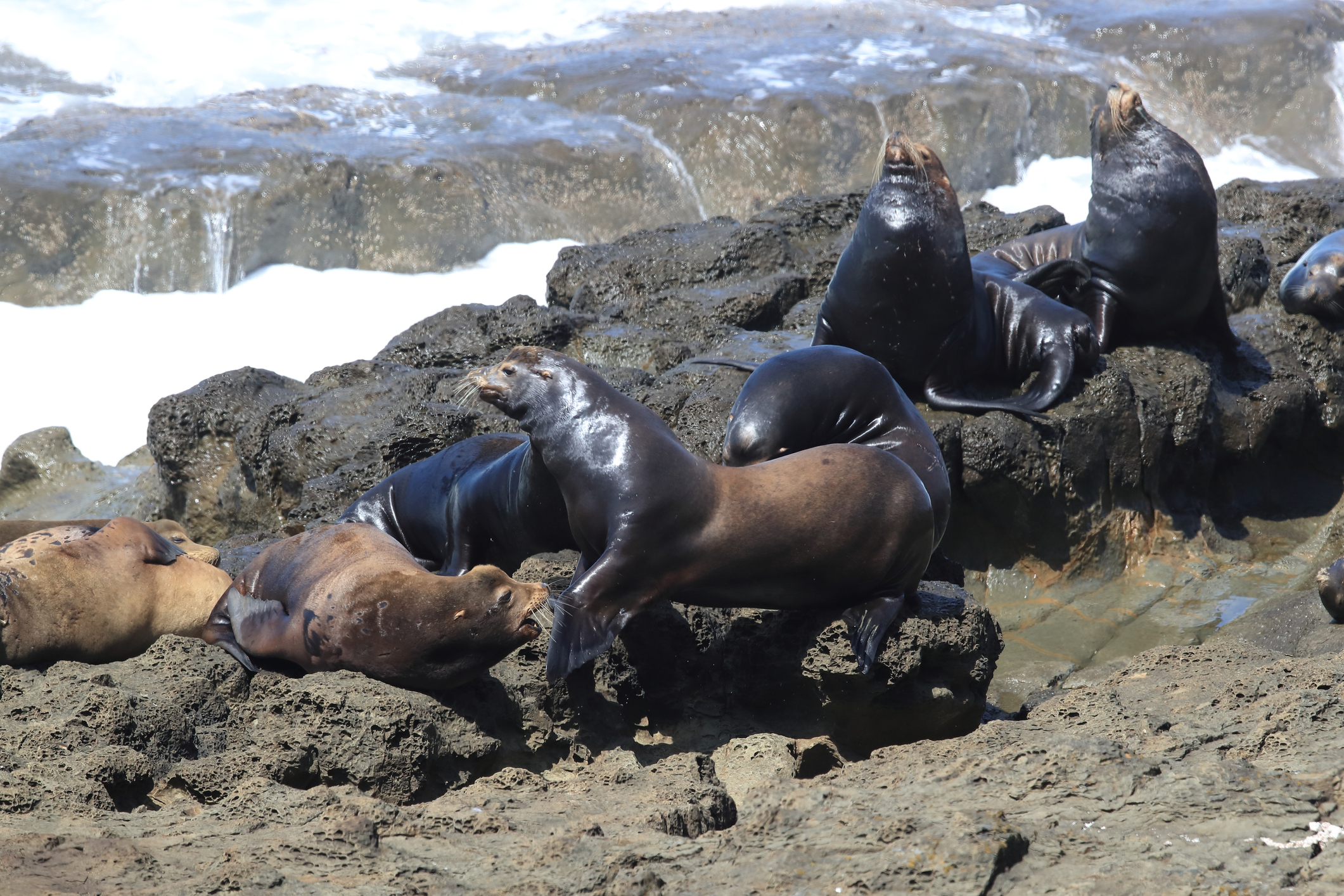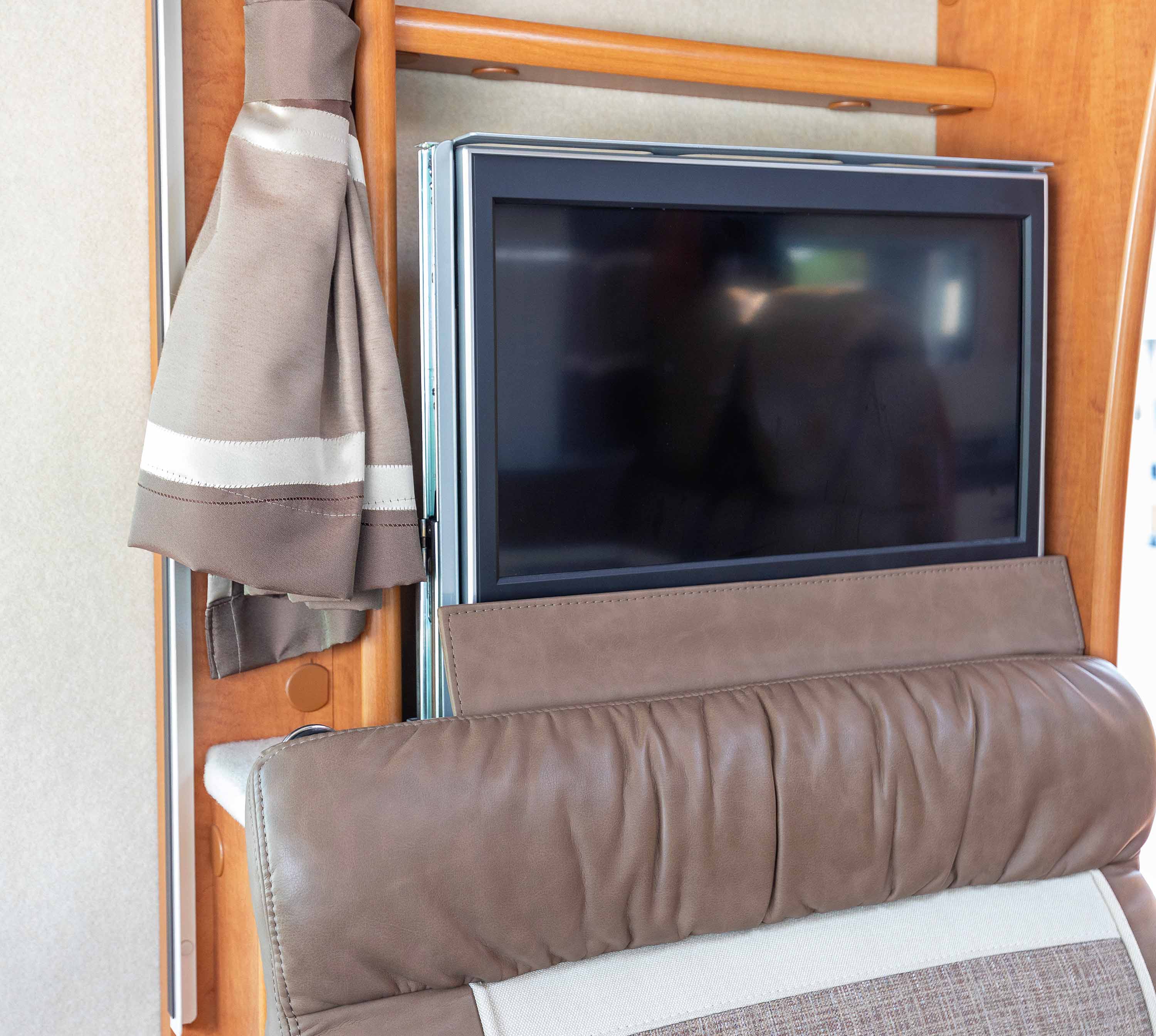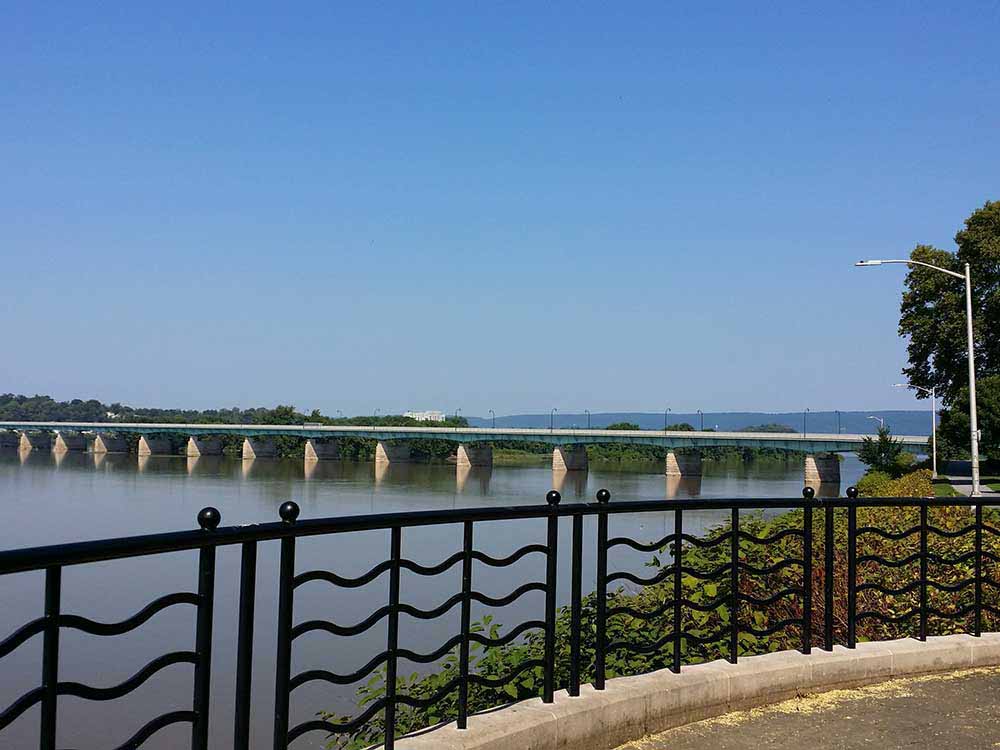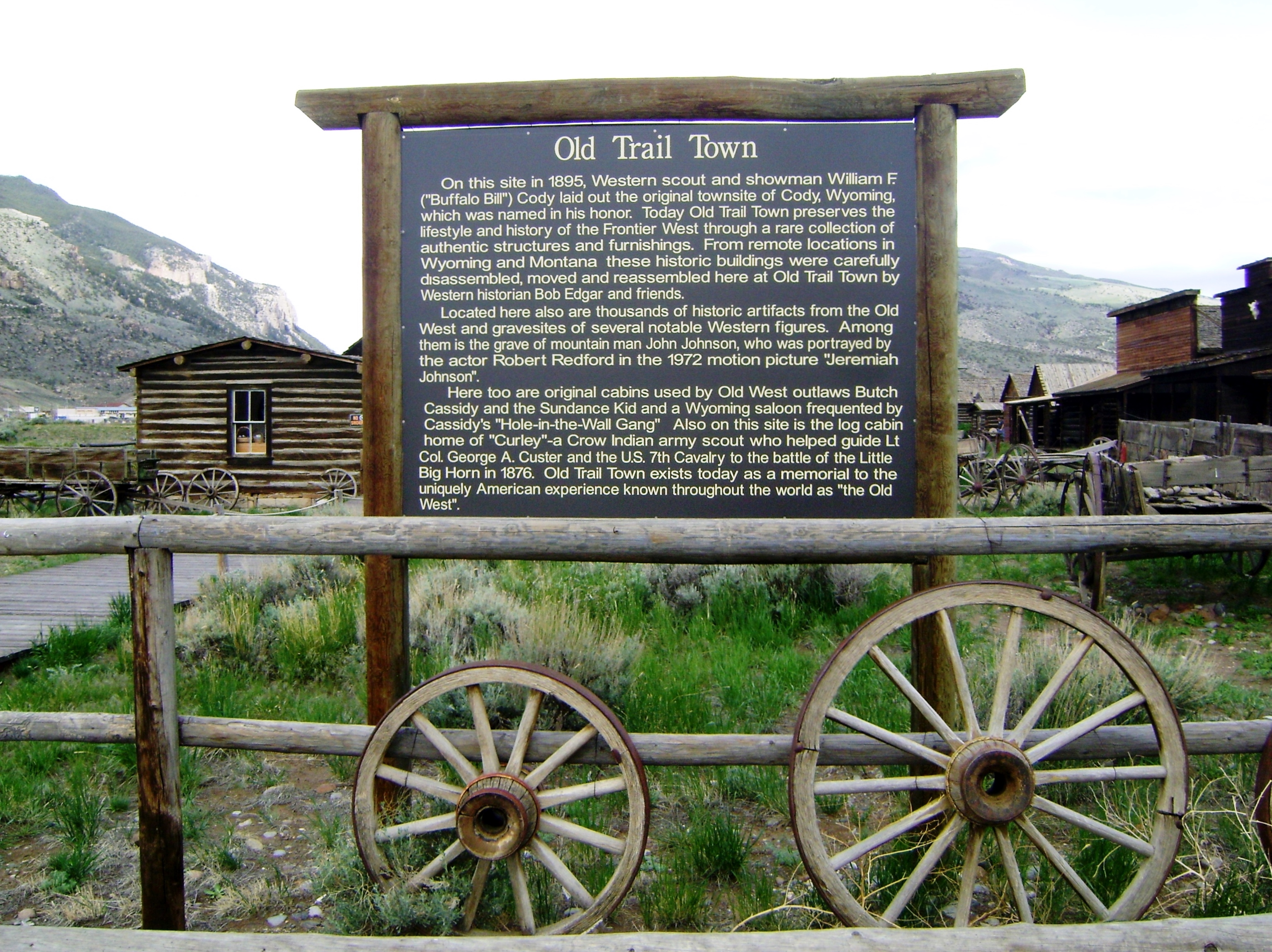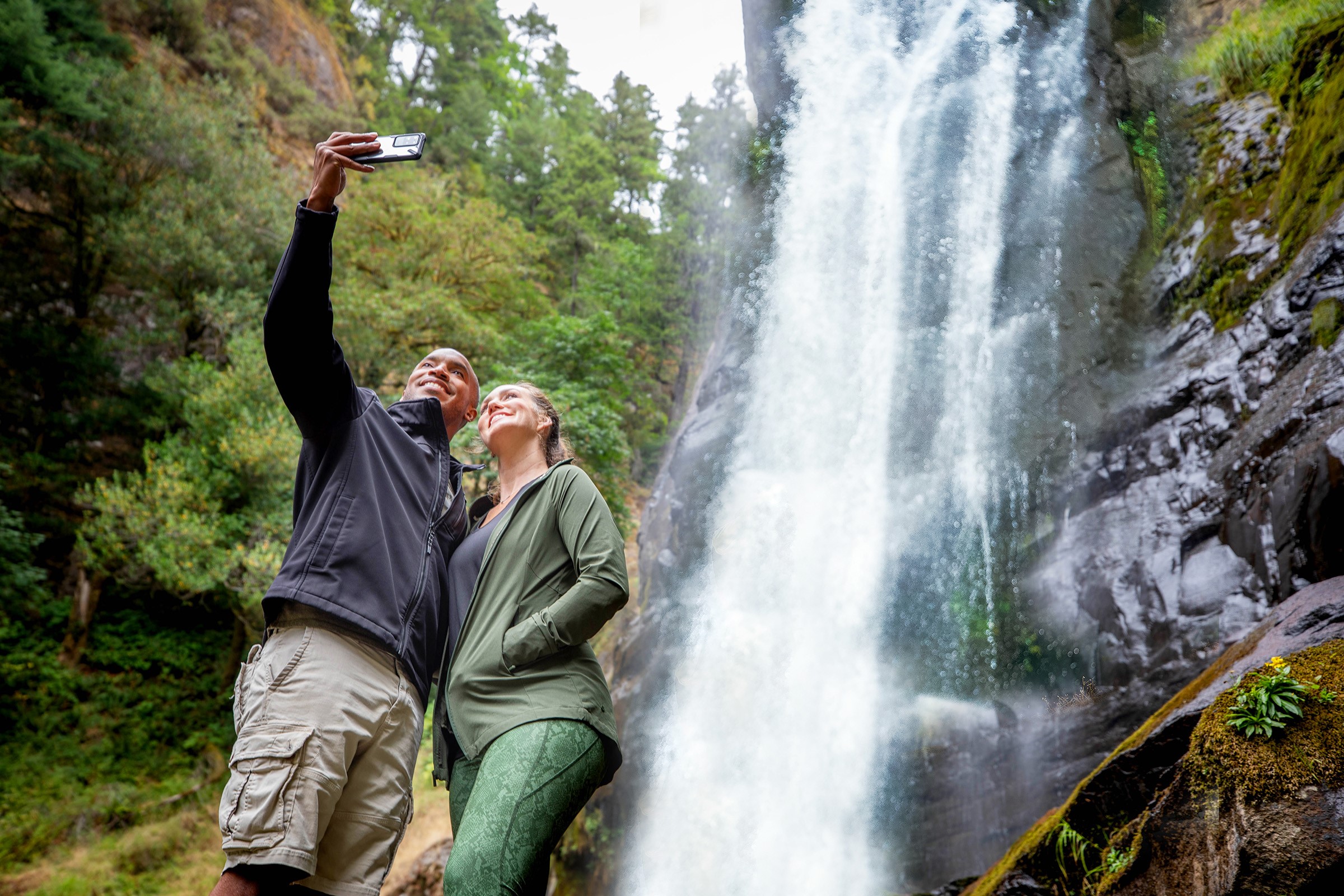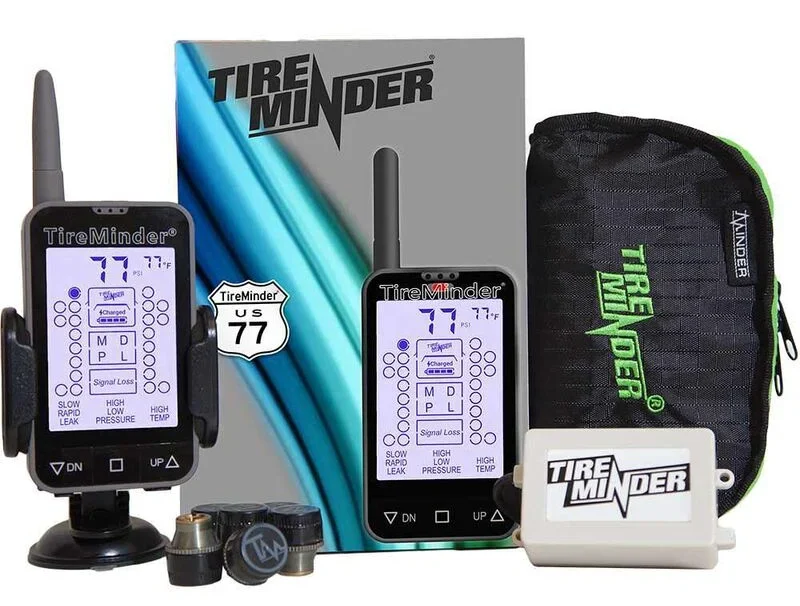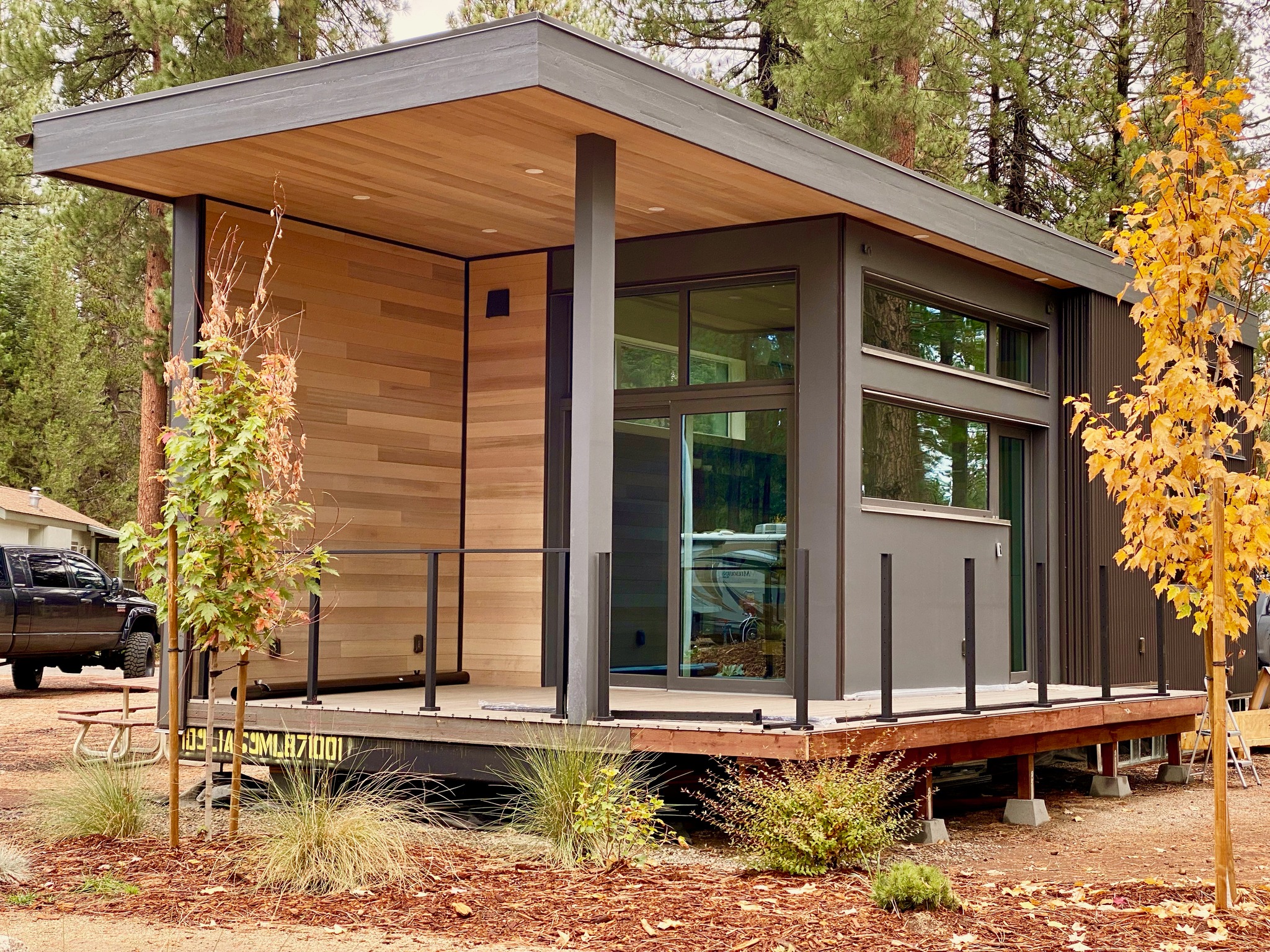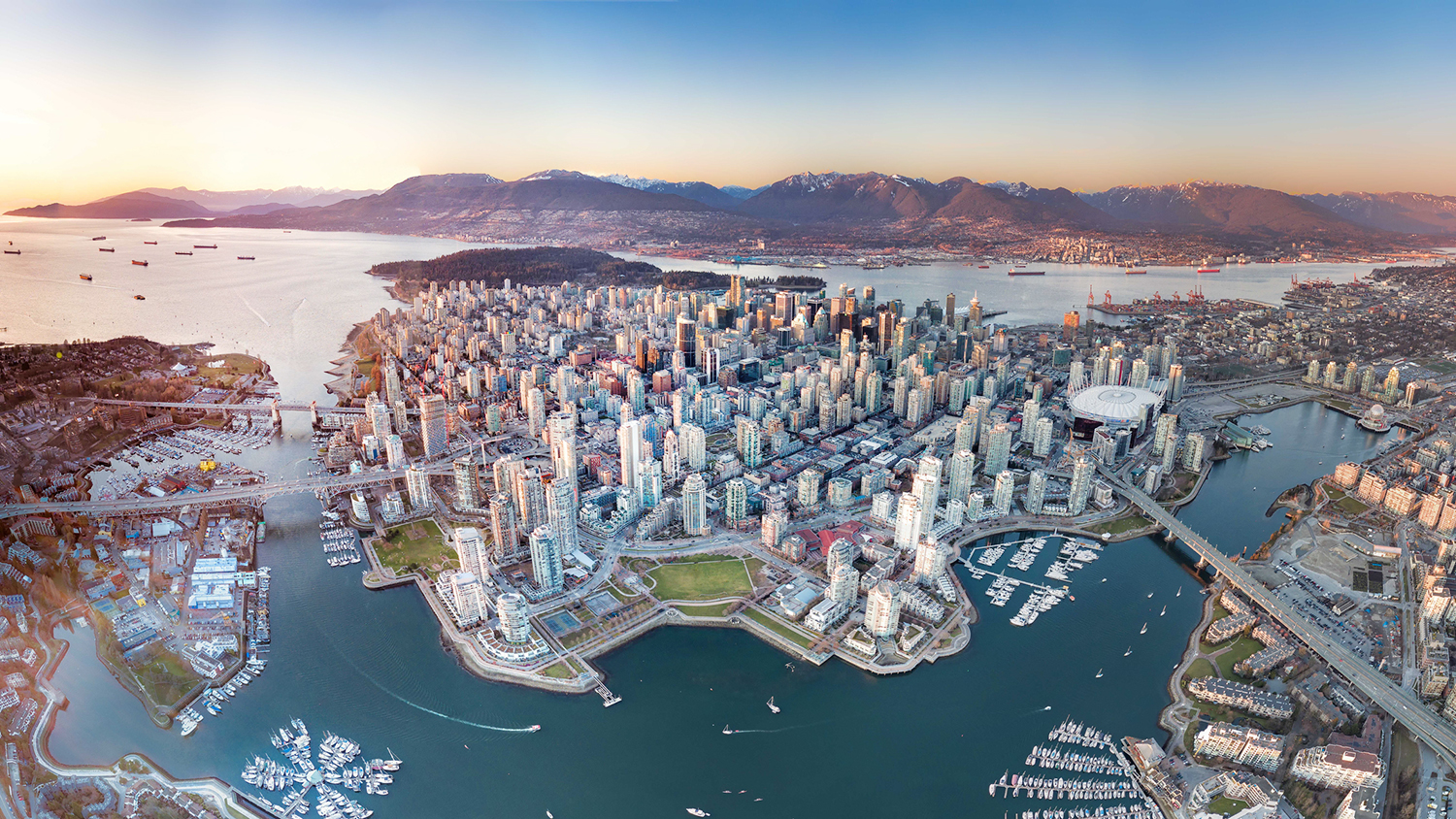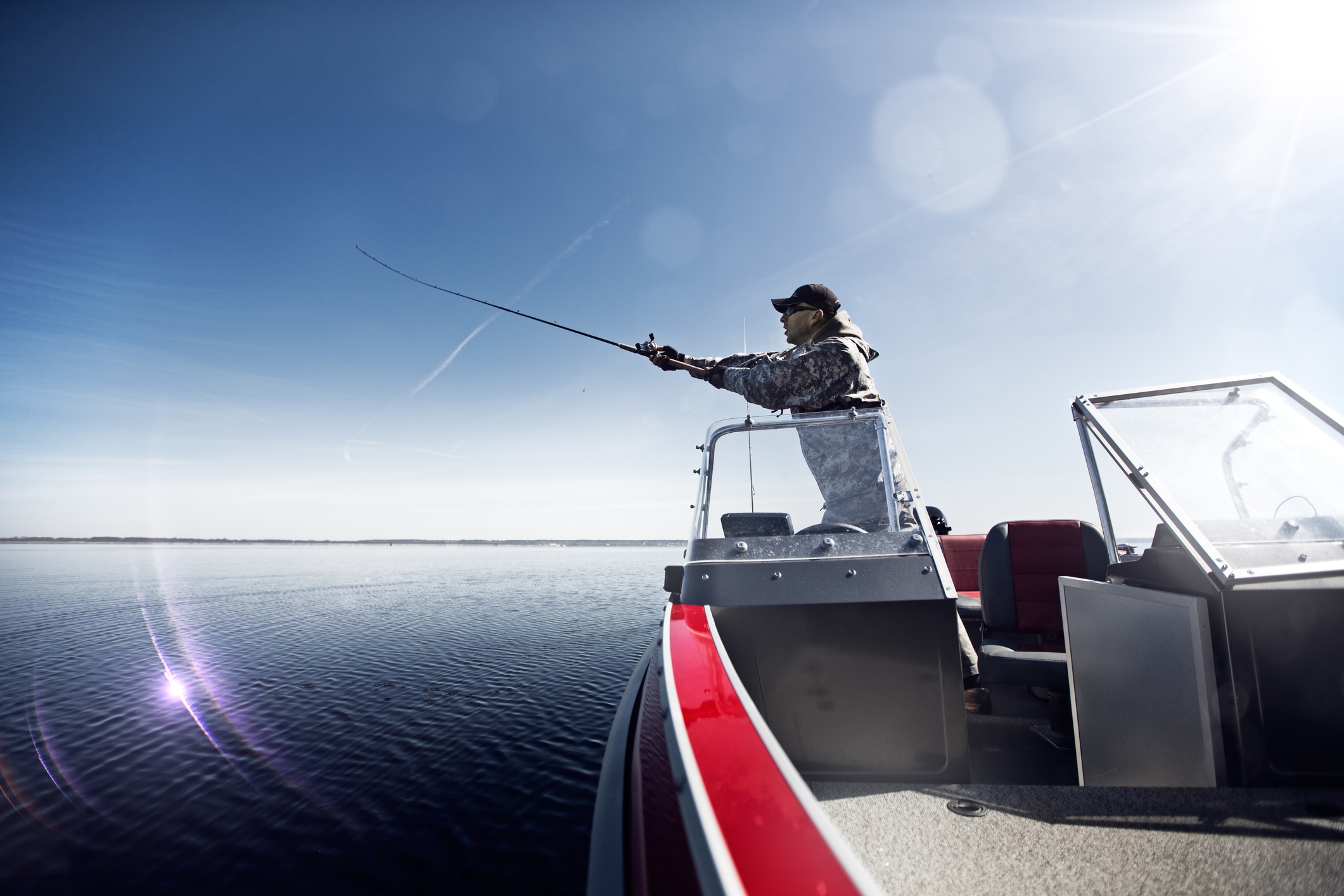When it comes to exploring the outdoors, the sky’s the limit in Big Sky Country. Montana is undoubtedly one of the most breathtaking, pristine, and multi-faceted regions in the country. Being the largest landlocked state in the US, the Treasure State’s landscape encompasses desert, badlands, prairie, snow-capped mountains, and more than 8 million acres of national forest. From panoramic vistas, wild and scenic rivers, abundant wildlife, and Old West history, Montana’s offerings are endless. Visitors from around the world are drawn to its ancient glaciers and canyons, old-growth forests and nearly 100 different mountain ranges. Throughout the state, enjoy world-class fishing, Native American cultural sites, ghost towns, and dozens of hot springs. Despite its global visitation, you’ll still find more cows than people in Montana— making it the ideal spot to plan an escape.
This spring, many parts of Montana received record rainfall, and places like North Yellowstone and Red Lodge suffered catastrophic flooding with a 1-in-500-year meteorological event. With that being said, now is the perfect time to plan your 2023 trip to the impacted areas or explore other parts of Montana in 2022.
Libby and the Kootenai River
The Kootenai Falls Swinging Bridge stretches high over the Kootenai Gorge.
Founded in the 1880s, Libby Montana can be found in the Northwestern corner of the state along the Idaho panhandle border. Situated along the Kootenai River and flanked by the Cabinet Mountains, the town is in the heart of 2.2 million acres of national forest. Libby is home to over 140 lakes, 3 major rivers, and over 1,400 miles of trails- leaving plenty of opportunities to enjoy the great outdoors. While exploring this remote part of Montana, head to the famed Kootenai Falls and Swinging Bridge. Follow the 1.6mile out-and-back trail to the suspension bridge, spanning 220 feet across Kootenai Gorge. Continue on to Kootenai Falls, one of the largest free-flowing waterfalls in the Pacific Northwest. Extending the entire length of the river, the vibrant turquoise falls dramatically cascade down the craggy rocks as it heads towards the gorge. If this scene looks familiar, that’s because it’s been a popular Hollywood filming sight, including credits in The Revenant and The River Wild.
